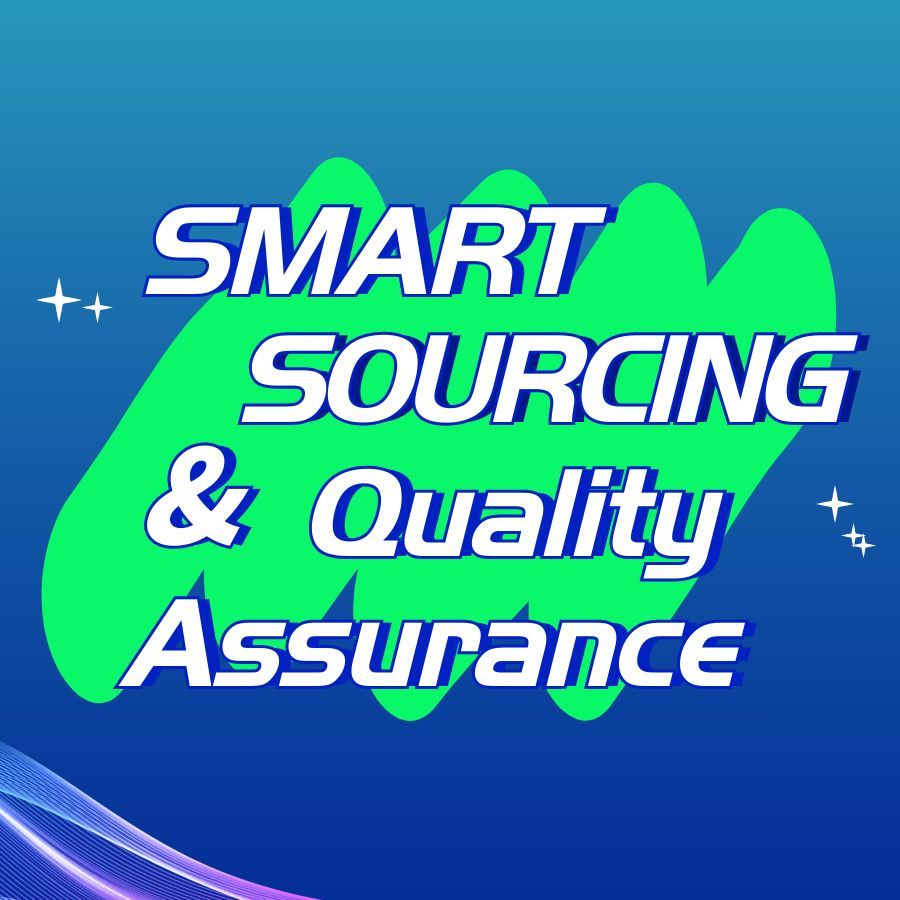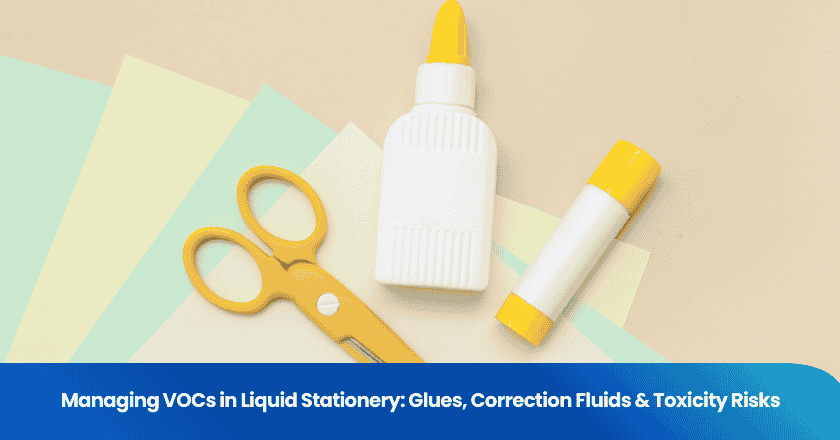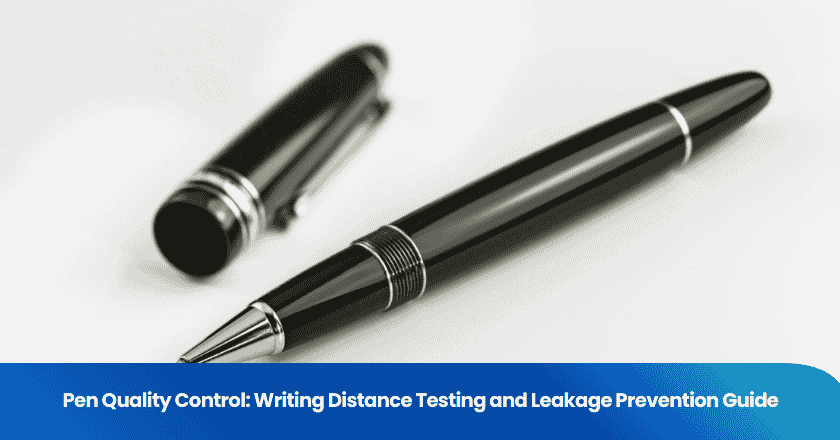
Introduction
In today's globalized business environment, outsourcing quality assurance has become a strategic choice for many enterprises to optimize resource allocation and enhance product and service quality. With the acceleration of technological iteration and intensification of market competition, effectively managing the outsourcing process of quality assurance and ensuring that quality standards align with international standards are crucial for the long-term development of enterprises. This guide aims to delve into the best practices of outsourcing quality assurance, providing enterprises with a highly operable and effective management framework, helping enterprises to steadily advance in the complex and ever-changing market.
Outsourcing of quality assurance involves entrusting some or all of the functions of quality inspection, monitoring, and improvement to external professional teams. The aim is to leverage the professionalism, flexibility, and cost-effectiveness of external resources to optimize quality assurance. This process not only involves technical cooperation but also pertains to the deep integration of corporate cultures and management philosophies of both parties.
Successful quality assurance outsourcing is inseparable from an efficient management mechanism. It ensures that the outsourcing team can accurately understand and adhere to the company's quality standards, promptly identify and address issues, while promoting knowledge exchange and sharing between both parties, fostering a virtuous cycle, and continuously enhancing product quality and service levels.
This guide aims to assist enterprises in constructing a systematic outsourcing management system by sharing best practices in quality assurance outsourcing. It provides comprehensive guidance on various aspects, ranging from demand analysis and partner selection to process definition, quality control, and fostering a cooperative atmosphere, thereby helping enterprises achieve maximum benefits in quality assurance.
Clarify quality assurance requirements
Define clear and specific quality standards
At the onset of initiating the quality assurance outsourcing process, the primary task for enterprises is to precisely define their own quality standards and expectations. This encompasses not only the clarification of product specifications and service standards, but also covers all pertinent compliance requirements, industry standards, and customer needs. By formulating comprehensive quality manuals, normative documents, or Standard Operating Procedures (SOPs), enterprises can provide a comprehensive and unambiguous guidance framework for the outsourcing team, ensuring a high degree of consistency in the understanding and implementation of quality by both parties. This step serves as the cornerstone for establishing a successful partnership, helping to avoid misunderstandings and deviations during subsequent implementation processes, thereby enhancing overall outsourcing efficiency and quality levels.
Accurately assess the scope and depth of quality assurance outsourcing
Next, enterprises need to conduct an in-depth evaluation and clarify the specific scope of quality assurance outsourcing based on their own business needs. This includes but is not limited to software development and testing (such as unit testing, integration testing, system testing, etc.), production process control (such as raw material inspection, production line monitoring, finished product sampling inspection, etc.), and customer service quality monitoring (such as call center service evaluation, customer satisfaction surveys, etc.). Through detailed demand analysis, enterprises can ensure that outsourcing resources are precisely allocated, avoiding excessive waste while not neglecting key areas, thereby maximizing the return on investment from outsourcing.
Establish scientific and quantifiable Key Performance Indicators (KPIs)
To ensure that the work effectiveness of the outsourcing team is measurable and traceable, enterprises should establish a scientific and specific KPIs system. These indicators should closely revolve around quality objectives, such as reducing the defect rate (Defect Rate), enhancing test coverage (Test Coverage), and improving customer satisfaction (Customer Satisfaction). By regularly tracking and evaluating the achievement of KPIs, enterprises can not only timely understand the performance of the outsourcing team but also provide strong data support for subsequent incentive measures and improvement plans. At the same time, the establishment of KPIs also promotes transparent communication between both parties, enhances the trust foundation of cooperation, and jointly promotes the realization of quality objectives.
Choose the right quality assurance outsourcing partner
Evaluate the supplier's experience and professional competence
When selecting a quality assurance outsourcing partner, enterprises should first conduct a comprehensive investigation into its industry experience, technical strength, and successful cases. This includes understanding whether the supplier has project experience closely related to its own industry, whether it possesses a professional quality assurance team and advanced technical tools. By reviewing the supplier's past successful cases, especially those similar to or more challenging than current project needs, enterprises can intuitively assess its ability to meet project requirements, ensuring that the outsourcing team can quickly integrate into the project and efficiently perform quality assurance tasks.
Attach importance to cultural fit and effective communication skills
In addition to professional skills, good cultural fit and efficient communication mechanisms are also key factors for successful cooperation. Enterprises should assess the consistency between both parties in terms of corporate culture, values, and work styles to ensure that friction can be reduced and tacit cooperation between teams can be promoted during the cooperation process. At the same time, the response speed and communication transparency of suppliers are also crucial. A supplier that can respond quickly to customer needs and maintain open and transparent information can significantly enhance mutual trust and lay a solid foundation for the smooth progress of the project.
Review past project cases and customer feedback
To gain a deeper understanding of a supplier's actual performance, enterprises should thoroughly review their past project cases, especially those involving complex problem-solving and emergency response. By conducting a detailed analysis of the supplier's coping strategies, execution outcomes, and customer feedback in such situations, enterprises can more comprehensively evaluate their ability to tackle challenges and assess whether they possess the potential for continuous improvement and optimization. Furthermore, evaluations from other customers who have collaborated with the supplier serve as valuable reference information. They can provide enterprises with a more objective and comprehensive perspective, aiding in making more informed choices.
Taking into account both cost and value, we strive for the best cost-performance ratio
When selecting a quality assurance outsourcing partner, enterprises need to comprehensively consider service costs, quality benefits, and long-term cooperation potential. Although cost is an important factor to consider, it must not be at the expense of quality. Enterprises should seek to find the optimal balance between cost and quality, ensuring that the selected supplier not only provides competitive prices but also brings long-term value growth. This includes evaluating whether the supplier has the ability to continue innovating, is willing to grow together with the enterprise, and can bring more added value to the enterprise in future cooperation. By comprehensively weighing various factors, enterprises can ultimately choose the quality assurance outsourcing partner that offers the best cost-performance ratio and best suits their needs.
Define quality assurance processes and workflows
Develop a thorough and comprehensive quality assurance plan
To ensure the orderly progress of quality assurance work, enterprises should carefully develop a detailed quality assurance plan based on the specific characteristics of the project. This plan should cover multiple aspects such as the selection of testing strategies, the planning of timelines, and the reasonable allocation of resources. In terms of testing strategies, it is necessary to clarify whether manual testing, automated testing, or a combination of both will be used, as well as the depth and breadth of testing. The timeline should be detailed to the specific start and end times of each testing stage to ensure that the project progresses on time. In terms of resource allocation, it is necessary to reasonably allocate human, material, and technical resources based on testing needs to ensure the smooth progress of testing work. Through such a comprehensive and detailed quality assurance plan, enterprises can lay a solid foundation for the entire quality assurance process and improve testing efficiency and quality.
Design and execution process of standardized test cases
To achieve accuracy and repeatability of test results, enterprises must standardize the design and execution of test cases. This includes clarifying the writing specifications of test cases, requirements for test data preparation, and configuration standards for test environments. In terms of test case design, it is essential to ensure coverage of all key functional points and boundary conditions, while paying attention to the readability and maintainability of test cases. During execution, strict adherence to standard procedures is required, with records kept of the testing process, results, and discovered issues, ensuring the standardization and traceability of testing work. By standardizing the design and execution process of test cases, enterprises can enhance the professionalism and efficiency of testing work, reducing testing errors caused by human factors.
Deep integration of outsourcing team into the development cycle
To ensure the comprehensiveness and effectiveness of quality assurance, enterprises should closely integrate the outsourcing team into the development cycle, fostering a close collaborative relationship with the development team. This involves involving the outsourcing team in key stages such as requirement analysis and design reviews, allowing them to gain a deep understanding of project requirements and design concepts, thereby enabling them to more accurately develop test plans and test cases. Simultaneously, through regular communication meetings and collaboration platforms, information sharing and problem-solving between both parties are facilitated, ensuring that quality control efforts are integrated throughout the entire lifecycle of the project. This deeply integrated collaboration model not only enhances the relevance and effectiveness of testing work but also promotes trust and cooperation between the two teams, providing a strong guarantee for the successful implementation of the project.
Implement a continuous improvement mechanism and constantly optimize the quality assurance process
To continuously enhance the quality and efficiency of quality assurance work, enterprises should establish a comprehensive feedback mechanism and a continuous improvement mechanism. This involves regularly reviewing the implementation of the quality assurance process, collecting feedback from the development team, outsourcing team, and customers, and identifying deficiencies and areas for improvement in the process. In response to these issues, enterprises should organize relevant personnel to conduct in-depth analysis and discussions, formulate practical improvement measures, and implement them. At the same time, team members are encouraged to actively propose innovative ideas and suggestions, continuously optimize testing methods and technical means, and enhance the professionalism and foresight of quality assurance work. By implementing a continuous improvement mechanism, enterprises can ensure that the quality assurance process remains up-to-date and provides strong support for the continuous success of projects.
Quality control and monitoring
Precisely set quality benchmarks and acceptance standards
To ensure that the deliverables from the outsourcing team meet the business needs of the enterprise, the enterprise must first establish a set of clear and measurable quality benchmarks and acceptance criteria based on the specific characteristics and business requirements of the project. These standards should cover multiple dimensions such as functional integrity, performance stability, user experience, and security, serving as the benchmark for subsequent quality assessments. Through clear quality benchmarks, the enterprise can objectively and fairly evaluate the work of the outsourcing team, ensuring that the project quality meets the expected goals.
Implement regular audits and reviews to ensure compliance with standards
To ensure that the outsourcing team consistently adheres to the established quality standards, the enterprise should implement regular quality audits and process reviews. This includes periodically reviewing the testing process, test reports, and project outcomes to assess their compliance with quality benchmarks and acceptance criteria. Simultaneously, by reviewing key aspects of the process, such as test case design and test environment configuration, it is ensured that the outsourcing team does not deviate from the standards during execution. This regular audit and review mechanism not only aids in promptly identifying and correcting issues but also promotes continuous improvement in the work quality of the outsourcing team, ensuring consistent project quality.
Establish an efficient feedback loop to drive continuous improvement
To foster continuous quality improvement, enterprises should establish an efficient and smooth feedback mechanism. This involves promptly communicating the results of quality audits, customer feedback, and internal assessment opinions to the outsourcing team, enabling them to swiftly identify existing issues and shortcomings. Simultaneously, the outsourcing team is encouraged to actively provide feedback on the difficulties and suggestions encountered during the execution process, allowing the enterprise to adjust strategies and provide support in a timely manner. Through this two-way feedback loop, the enterprise can ensure the timely dissemination and sharing of quality information, driving the outsourcing team to continuously optimize workflows and enhance work quality.
Actively manage risks and respond to issues quickly
During the quality control and monitoring process, enterprises should always maintain a risk awareness and proactively identify potential risk points. This includes analyzing project characteristics, the capability of outsourcing teams, market environment, and other factors to predict potential problems and challenges. In response to these risks, enterprises should formulate countermeasures in advance, clarify responsible individuals and timelines, and ensure a swift response when risks arise. Meanwhile, for existing issues, enterprises should organize relevant personnel to conduct in-depth analysis, identify the root causes, and take effective measures to minimize their impact on the project. Through this proactive risk management and rapid response mechanism, enterprises can ensure that projects proceed smoothly within a controllable scope and steadily enhance project quality.
Create a cooperative atmosphere
Lay a solid foundation of trust and respect
In quality assurance outsourcing cooperation, establishing a solid trust relationship is crucial for driving project success. Enterprises should adhere to the principles of fairness and impartiality, treating the outsourcing team as if they were an internal team, and providing equal respect and support. Through open communication, transparent decision-making processes, and joint goal setting, a trust-based cooperative relationship can be gradually established. At the same time, team members are encouraged to understand and support each other, fostering a positive atmosphere of unity and collaboration. This culture of trust and respect not only promotes deep integration among teams but also stimulates the potential of team members, providing strong support for the smooth implementation of projects.
Promote knowledge sharing and skill enhancement
To continuously enhance the overall capabilities of the team, enterprises should actively foster a cultural atmosphere of knowledge sharing and training. Regularly organize knowledge sharing sessions, inviting industry experts and technical backbones to share their experiences and insights, allowing team members to collide ideas and broaden their horizons through exchanges. At the same time, combined with project needs and team members' growth paths, formulate targeted skill training plans, providing diversified learning resources and practical opportunities. Through this continuous learning and growth, team members can continuously improve their professional skills, enhance team collaboration abilities, and lay a solid foundation for the continuous success of the project.
Recognition and rewards stimulate team vitality
To stimulate the enthusiasm and creativity of team members, enterprises should establish an effective recognition and reward mechanism. For individuals or teams who have performed outstandingly in projects, timely public recognition and material rewards should be given to ensure that their efforts are duly recognized. This positive incentive approach can not only enhance the sense of belonging and honor of team members, but also stimulate the competitive consciousness and enterprising spirit of the entire team, pushing the project to continuously move towards a higher level.
Constructively address conflicts and challenges, and jointly pursue development
During the cooperation process, it is inevitable to encounter various conflicts and challenges. Enterprises should maintain a positive and open attitude, encourage team members to bravely express different opinions, and seek win-win solutions through constructive means such as negotiation and mediation. For any disagreements and conflicts that arise, timely intervention and mediation should be carried out to ensure that the issues are properly handled without affecting the team atmosphere and project progress. At the same time, enterprises should guide team members to proceed from a holistic perspective, jointly face challenges, and overcome difficulties together. Through this constructive approach to conflict resolution, enterprises can continuously enhance team cohesion and combat effectiveness, laying a solid foundation for the long-term stable development of the project.
END
Successful quality assurance outsourcing requires rigorous management processes and also relies on the cooperative attitude, communication skills, and determination for continuous optimization of both parties. By clarifying needs, selecting partners carefully, establishing efficient communication, defining clear processes, implementing strict quality control, and creating a good cooperative atmosphere, enterprises can effectively enhance the effectiveness of outsourced quality assurance and achieve dual optimization of quality and cost.
With the constant changes in market environment and business needs, enterprises should regularly evaluate the effectiveness of quality assurance outsourcing, flexibly adjust strategies, and ensure that outsourcing cooperation always aligns with the company's development strategy.
With technological advancements and the deepening of global supply chains, quality assurance outsourcing will place greater emphasis on the application of intelligent and automated tools, as well as efficient cross-cultural and cross-regional collaboration. Enterprises should seize this trend and actively explore new technologies and models, driving the future development of quality assurance outsourcing through innovation.
Grow your business with TradeAider Service
Click the button below to directly enter the TradeAider Service System. The simple steps from booking and payment to receiving reports are easy to operate.




